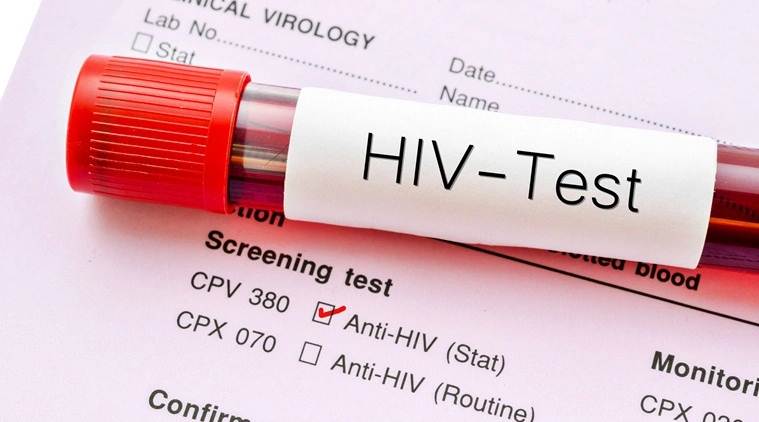"Misinformation and stigmatisation has dramatically impacted patients with HIV/AIDS across the globe," says Dr Kirti Sabnis, Infectious Disease Specialist, Fortis Hospitals, Mumbai

In order to fight a disease, one must have all the information about it. As such, it becomes important to read up a lot, stay away from misinformation and myths, and consciously dispel rumours associated with the disease, especially if can lead to any kind of discrimination for the afflicted person in the society.
“Today, about 38 years after HIV (Human Immunodeficiency Virus)/AIDS (Acquired Immune Deficiency Syndrome) was recognised, there is a much greater understanding of the virus, its transmission, its detection and management. Lack of understanding among the public and associated stigma, however, continues to be fuelled by misinformation,” says Dr Kirti Sabnis, Infectious Disease Specialist, Fortis Hospitals, Mumbai.
ALSO READ | World AIDS Day 2020: HIV AIDS care amid COVID-19 pandemic
On the occasion of World AIDS Day today, Dr Sabnis identifies and debunks the top five myths associated with HIV/AIDS. “First, it’s important to understand HIV virus can lead to AIDS, which is also known as advanced stage HIV. But all people with HIV infection don’t necessarily progress to stage 3. With correct treatment and guidance of an infectious diseases physician, many people with HIV live for years without developing AIDS; unfortunately, these patients continue to be bogged by stigma,” she says.
Here are some myths:
1. One can contract HIV by sharing cutlery and bedding: Sometimes, people with HIV/AIDS are kept at hand’s length even by their loved ones, making it even more important for this myth to be debunked. HIV/AIDS does not spread by sharing items with the infected person. Same goes for shared work spaces, workout areas and common use areas such as bathrooms, toilets and the kitchen. HIV/AIDs only spreads via infected semen, infected vaginal fluid, blood or breast milk.
2. Only those who do drugs get HIV/AIDS: This is not true; the transmission is not restricted to those who reuse needles and syringes for drug consumption. Shared needles and syringes used even in the healthcare setting are one of the most common causes of the spread of blood-borne disease, notably for the spread of HIV and Hepatitis around the globe.
3. Only those who indulge in same-sex intercourse get HIV: While it is true that men having sex with other men have a higher risk of acquiring HIV, those indulging in sex with the opposite sex without wearing a condom, are at a high risk, too. This is especially true for people who have unprotected sexual intercourse with multiple partners.

4. My medication will ensure I don’t spread HIV: Medication will certainly lower the viral load, maybe make it undetectable, too, but that does not decrease or negate the risk of spreading the infection. One must always use protection while having intercourse, and not take medication for granted. Proper use of condoms also prevents other sexually transmitted diseases.
5. Women with HIV/AIDS should never bear children: The risk of the mother passing on the infection to the child is real, but preventable. Research and advancements across the globe have corroborated that with proper intervention during pregnancy, labor, delivery and breastfeeding phases, the risk of mother-to-child transmission can be prevented.
“Misinformation and stigmatisation has dramatically impacted patients with HIV/AIDS across the globe, with an understanding that misinformation can further worsen the quality of their life, we must make efforts to negate the stigma by knowing the facts. Stigmatsation often results in improper treatment and worsening of HIV and AIDS. Awareness and sensitisation are crucial steps towards building a cohesive society. We must all play our parts responsibly,” the doctor advises.
For more lifestyle news, follow us: Twitter: lifestyle_ie | Facebook: IE Lifestyle | Instagram: ie_lifestyle
Source: Read Full Article
